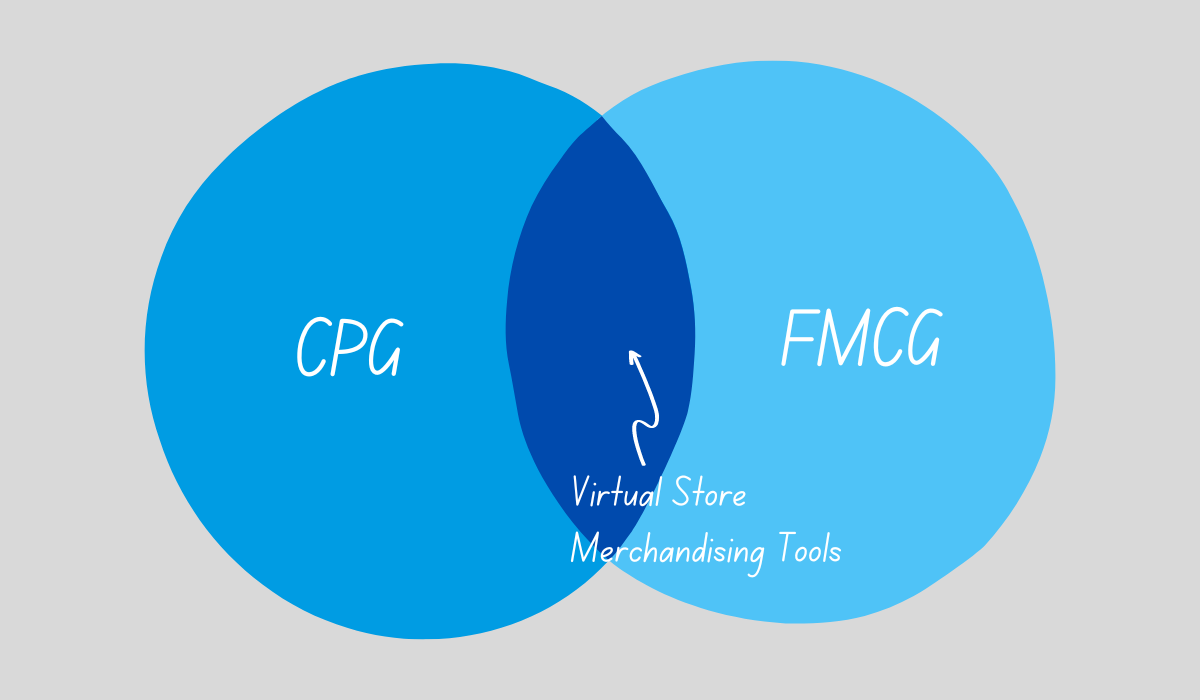This is a guest post from Erin Feeney, President & CPO, InContext
Category planning is built on a foundation of research, strategy, collaboration, and negotiation. But when it comes to executing that strategy on the shelf, one critical step often gets skipped, arrangement testing.
That last-mile of planogram validation is where all the work meets the Shopper. And yet, it’s often sacrificed due to time constraints, budget limitations, or the false belief that it’s not essential outside of major resets.
Let’s be clear: It is essential.
What is Arrangement Testing and Why Has it Been Back-Burnered?
Arrangement testing is the process of evaluating multiple shelf arrangements to determine which performs best for the shopper, the brand, and the retailer. But traditionally, it’s been a slow, resource-intensive process relying on physical testing, in-store pilots, or long-cycle virtual studies which is often required for the annual reset.
So, when unplanned changes occur such as cut-ins, supply chain issues, regulatory disruptions (like red dye bans), or local inventory constraints, teams often deploy revised POGs without testing. They rely on instinct, experience, or spreadsheet math; not shopper behavior.
And the risks are real: poor visibility, blocked SKUs, disrupted adjacency flow, and ultimately, lost sales.
Why Shopper Behavior Belongs in Every POG Decision
The academic world has long validated the importance of integrating shopper behavior into merchandising decisions. Here’s what the research tells us:
Shelf Layout Impacts Shopper Behavior and Sales
A landmark study by van Nierop, Fok, and Franses (2008) demonstrated that shelf arrangement dramatically influences product visibility, sales velocity, and category balance. Using Hierarchical Bayes modeling, optimized shelf layouts outperformed static or manually created POGs in profit outcomes.
Visual Flow and Shopper Mission Drive Product Choice
A 2025 analysis on planogram design revealed that shoppers’ perceived organization of the shelf when aligned to their missions and expectations led to stronger engagement and more efficient product discovery.
Behavior-Based Layouts Outperform Traditional Methods
Studies from Rotterdam School of Management found that organizing planograms by cognitive shopper groupings (vs. standard hierarchy or price tiering) improved navigation and increased total conversion.
From Strategy to Shelf, It’s Time to Close the Gap
Most companies would never launch a media campaign without testing it. So why do we still launch shelf plans without knowing how the audience will respond? Arrangement AI removes that blind spot allowing category teams to:
-
- Validate changes off-cycle
-
- Accurately predict sales changes for multiple layouts in real time
-
- Use shopper behavior, not guesswork, to guide execution
Final Takeaway: Make Arrangement Testing the Standard, Not the Exception
In an era of increased agility and shopper personalization, Arrangement Testing is no longer optional; it’s a strategic advantage. With tools like Arrangement AI, we can finally bring the shopper’s voice into every shelf decision, every day, not just during resets. Because the best plan on paper still needs to win at the shelf.
Let’s stop skipping the last mile. Let’s optimize it.





